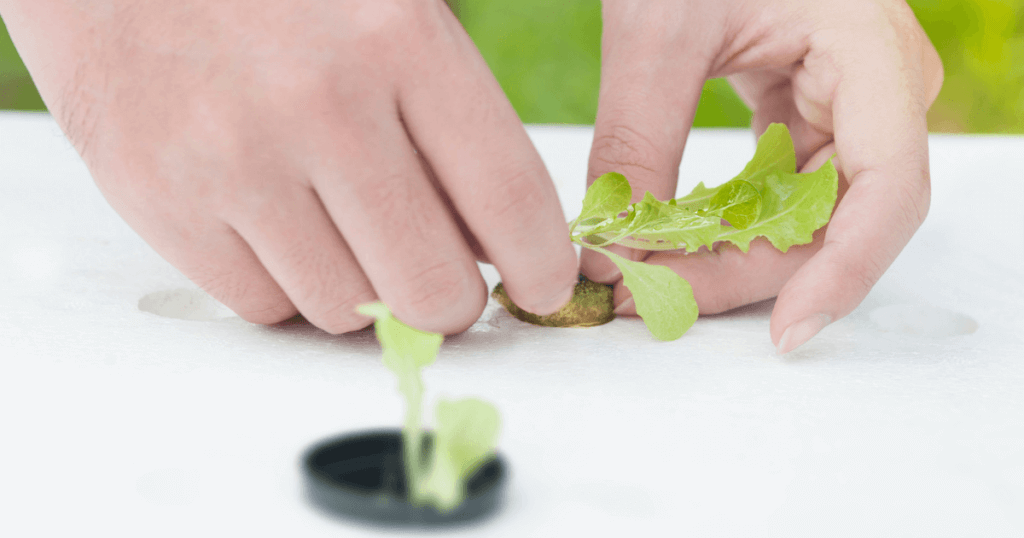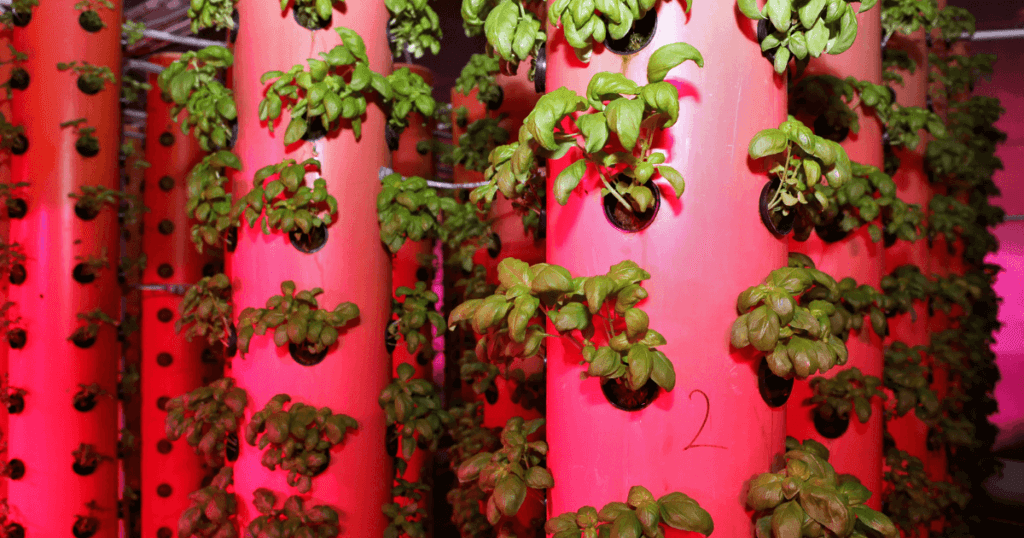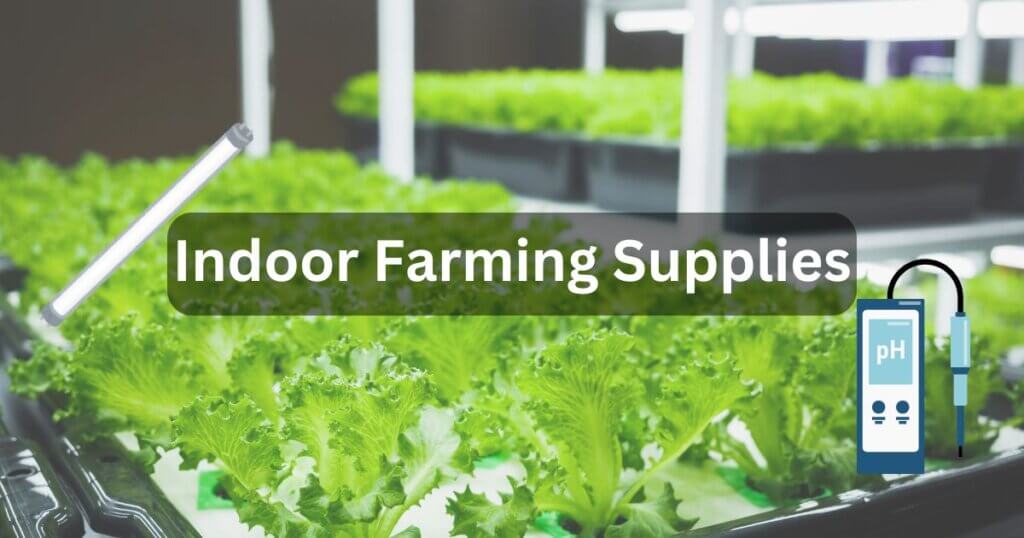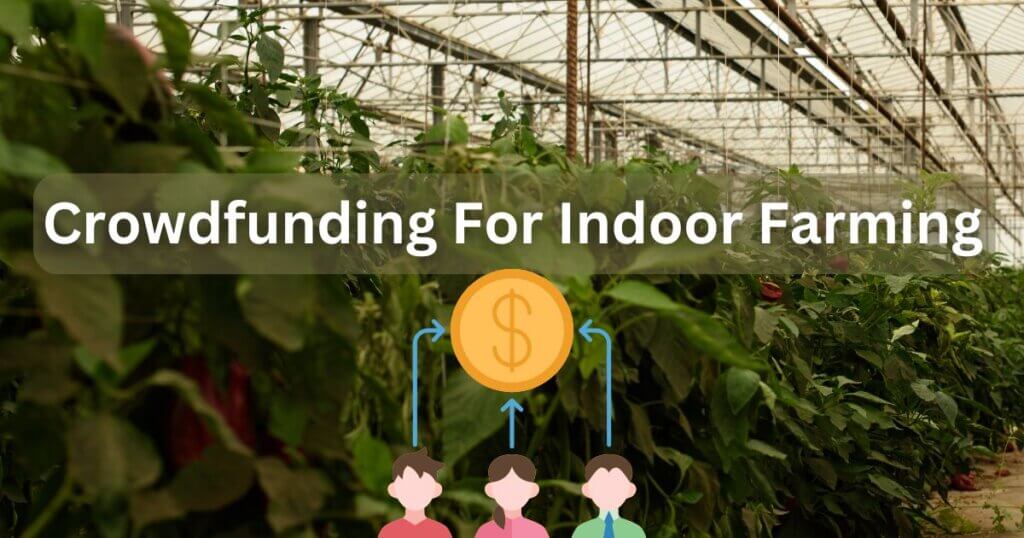Embrace Eco-Friendly Indoor Farming Now

Some of the links in this post are affiliate links. As an Amazon Associate, we earn a referral fee from qualifying purchases—at no extra cost to you.
A Sustainable Approach to Agriculture for a Greener Future
Indoor farming has emerged as a revolutionary solution to the challenges posed by traditional agriculture. By leveraging advanced technologies and sustainable practices, eco-friendly indoor farming offers numerous benefits, from reducing environmental impact to ensuring a year-round fresh produce supply. In this article, we will explore the concept of eco-friendly indoor farming, its advantages, and how it is transforming the agricultural landscape. Join us as we delve into this innovative and sustainable approach to farming that can pave the way for a greener future.
Table of Contents
Understanding Eco-Friendly Indoor Farming
Indoor farming, also known as vertical farming or controlled environment agriculture (CEA), refers to growing crops in an enclosed environment, typically without soil, using hydroponics or aeroponics systems. The primary goal of eco-friendly indoor farming is to maximize resource efficiency and minimize environmental impact. By carefully controlling temperature, humidity, light, and nutrient levels, farmers can create optimal growing conditions for plants, ensuring faster growth and higher yields.
The Advantages of Eco-Friendly Indoor Farming
Sustainable Resource Management
Eco-friendly indoor farming presents a sustainable alternative to conventional agriculture by significantly reducing the consumption of resources. Since indoor farms operate in a controlled environment, water usage can be minimized through efficient irrigation systems and water recirculation techniques. Moreover, by eliminating the need for large land areas, indoor farming conserves valuable arable land and helps protect natural habitats from encroachment.
Year-Round Crop Production
Unlike traditional methods, indoor farming allows for year-round crop production regardless of external weather conditions. Farmers can grow crops consistently throughout the year by providing a stable and controlled environment, ensuring a more reliable food supply and reducing dependence on seasonal variations. This aspect of indoor farming is crucial for regions with limited arable land or harsh climates.
Reduction of Pesticides and Herbicides
The controlled environment provided by indoor farming can significantly reduce reliance on pesticides and herbicides. By implementing integrated pest management techniques, such as biological controls and beneficial insects, indoor farmers can minimize the use of harmful chemicals. This approach benefits the environment and promotes healthier produce, free from pesticide residues.
Increased Crop Yields
Eco-friendly indoor farming methods, such as hydroponics and aeroponics, optimize plant growth by delivering nutrients directly to the roots. This targeted approach, combined with the precise control of environmental factors, results in accelerated growth rates and higher crop yields than traditional farming. Stacking plants vertically in indoor farms also maximizes space utilization, further increasing productivity.
Key Technologies and Techniques in Indoor Farming
Hydroponics
Hydroponics is a soilless cultivation technique widely used in indoor farming. It involves growing plants in nutrient-rich water, allowing them to absorb nutrients directly through their roots. This method eliminates the need for soil, conserves water, and provides plants with a balanced nutrient solution. Hydroponics is suitable for a wide range of crops. It is known for its efficiency and ability to produce high-quality produce.
If you’re new to hydroponics, a complete hydroponic growing system kit like the AeroGarden Harvest Indoor Hydroponic Garden makes it easy to get started. It comes with built-in LED lights and everything you need to grow fresh herbs and veggies indoors year-round.
Aeroponics
Aeroponics takes the concept of soilless cultivation a step further by suspending plant roots in the air and misting them with a nutrient-rich solution. This technique ensures optimal nutrient absorption while maximizing oxygen exposure to the roots. Using minimal water and space, aeroponics offers exceptional resource efficiency and can yield even higher crop densities than hydroponics.
LED Lighting Systems
In indoor farming, artificial lighting is essential to provide the necessary light spectrum for plant growth. LED (Light-Emitting Diode) lighting systems have become the preferred choice due to their energy efficiency, longevity, and ability to deliver specific light wavelengths optimized for plant photosynthesis. LED lights can be tailored to match different growth stages of plants, promoting healthy development and maximizing productivity.
High-quality LED grow lights, such as the VIPARSPECTRA P1500 Full Spectrum LED Grow Light, provide the perfect spectrum for all stages of plant growth while using less energy than traditional lights.
Vertical Farming Systems
Vertical farming systems utilize vertical space by stacking multiple layers of plants, often in vertically oriented structures or racks. This approach optimizes land utilization and increases crop yields within a smaller footprint. Vertical farming systems are well-suited for urban environments and areas with limited space, offering the potential to bring agriculture closer to urban centres and reduce transportation distances.

For those interested in vertical farming at home, the Mr. Stacky 5-Tier Vertical Garden Planter is a space-saving, efficient option ideal for growing strawberries, herbs, and leafy greens.
IoT and Automation
Integrating Internet of Things (IoT) technology and automation has revolutionized indoor farming operations. Sensors and smart devices monitor and control various environmental parameters such as temperature, humidity, and nutrient levels, ensuring optimal growing conditions. Automation systems regulate irrigation, lighting schedules, and other essential tasks, reducing labour requirements and enhancing overall efficiency in indoor farms.
The Click and Grow Smart Garden 9 automates watering, lighting, and nutrients, making it perfect for tech-savvy growers who want fresh produce with minimal effort.
The Environmental Impact of Eco-Friendly Indoor Farming
Eco-friendly indoor farming demonstrates a significantly lower environmental impact compared to conventional agriculture. Indoor farming conserves natural resources and protects ecosystems by reducing water usage, eliminating the need for synthetic pesticides and herbicides, and minimizing land requirements. Additionally, the controlled environment of indoor farms mitigates the risk of crop diseases. It reduces the carbon footprint associated with transportation by bringing food production closer to consumers.
The Future of Eco-Friendly Indoor Farming
Rapid technological advancements and growing awareness of the importance of sustainability have propelled eco-friendly indoor farming into the spotlight. As the world faces population growth, climate change, and limited resources, indoor farming offers a promising solution for ensuring food security and environmental stewardship. With continued research and innovation, we can expect even greater efficiency, productivity, and scalability in indoor farming practices.
Conclusion
Eco-friendly indoor farming is reshaping the agricultural landscape, offering a sustainable and efficient approach to food production. By integrating advanced technologies and eco-conscious practices, indoor farming minimizes environmental impact, ensures year-round crop production, and maximizes resource efficiency. By embracing indoor farming, we can contribute to a greener future where fresh and nutritious produce is available while preserving our planet for generations.
FAQs – Eco-Friendly Indoor Farming
1. How much energy does eco-friendly indoor farming consume?
While eco-friendly indoor farming uses energy-efficient technologies like LED lighting and IoT-based automation, it still requires significant energy, especially for lighting and temperature control. However, the energy consumption can be reduced through renewable energy sources like solar or wind power and by optimizing the farm’s energy systems. The trade-off is that energy use is more concentrated but potentially more efficient than traditional farming.
2. What types of crops are best suited for eco-friendly indoor farming?
Indoor farming is ideal for high-value, fast-growing crops such as leafy greens (e.g., lettuce, spinach), herbs (e.g., basil, mint), strawberries, and microgreens. However, certain crops like root vegetables, grains, and large fruit-bearing plants (e.g., tomatoes or peppers) may require more specialized equipment or larger spaces due to their growth requirements.
3. How do eco-friendly indoor farms handle waste management?
Waste management in indoor farming can be handled sustainably through composting, waste-to-energy processes, and recycling plant waste into useful byproducts like organic fertilizers. Some systems use a closed-loop nutrient cycle where plant waste is broken down and recycled into the nutrient solution, minimizing waste and environmental impact.
4. How do indoor farms manage pests and diseases without using chemicals?
Indoor farms rely on integrated pest management (IPM) strategies, which include biological controls (such as beneficial insects), companion planting, and the use of physical barriers like mesh screens to prevent pests. Additionally, the controlled environment of indoor farming reduces the likelihood of pest infestations and disease outbreaks, making it easier to manage without relying on synthetic chemicals.
5. What is the cost of setting up an eco-friendly indoor farm, and is it financially viable?
The initial setup cost for eco-friendly indoor farms can be significant due to the need for specialized equipment, such as hydroponic or aeroponic systems, LED lighting, and climate control systems. However, long-term financial viability is possible, especially in urban areas where transportation costs are high and land is scarce. The potential for year-round production, higher yields, and reduced resource consumption often leads to cost savings over time.
Other Useful Sites to learn more about eco-friendly indoor farming
- Hydroponic Gardening: A Soil-Free Approach to Year-Round Cultivation
Learn about hydroponic gardening, a method of growing plants without soil, providing water and nutrients directly to the plant roots. This technique allows for year-round cultivation of vegetables, herbs, and even fruits, making it especially useful in very cold climates or for those without outdoor space. - Electro-Agriculture: Growing Crops in Complete Darkness
Discover electro-agriculture, an innovative farming technology that could revolutionize food production by allowing crops to be grown without sunlight, soil, or large amounts of land. This method uses solar-powered chemical reactions to convert carbon dioxide into organic molecules that genetically modified plants can utilize. - Vertical Farming: Maximizing Yield While Minimizing Resources
Explore how vertical farming is saving space, water, and emissions. This method allows crops like strawberries to be grown indoors year-round, reducing carbon emissions and water usage, while increasing yield. - Building-Integrated Agriculture: Merging Urban Development with Farming
Delve into building-integrated agriculture, the practice of locating high-performance hydroponic greenhouse farming systems on and in mixed-use buildings. This approach exploits synergies between the built environment and agriculture, promoting sustainability in urban settings. - AeroFarms: Pioneering Sustainable Indoor Agriculture
Learn about AeroFarms, a sustainable indoor agriculture company that uses a patented aeroponic growing system to grow produce. Their technology allows for efficient, pesticide-free cultivation, contributing to eco-friendly farming practices.
Videos on Eco-Friendly Indoor Farming








